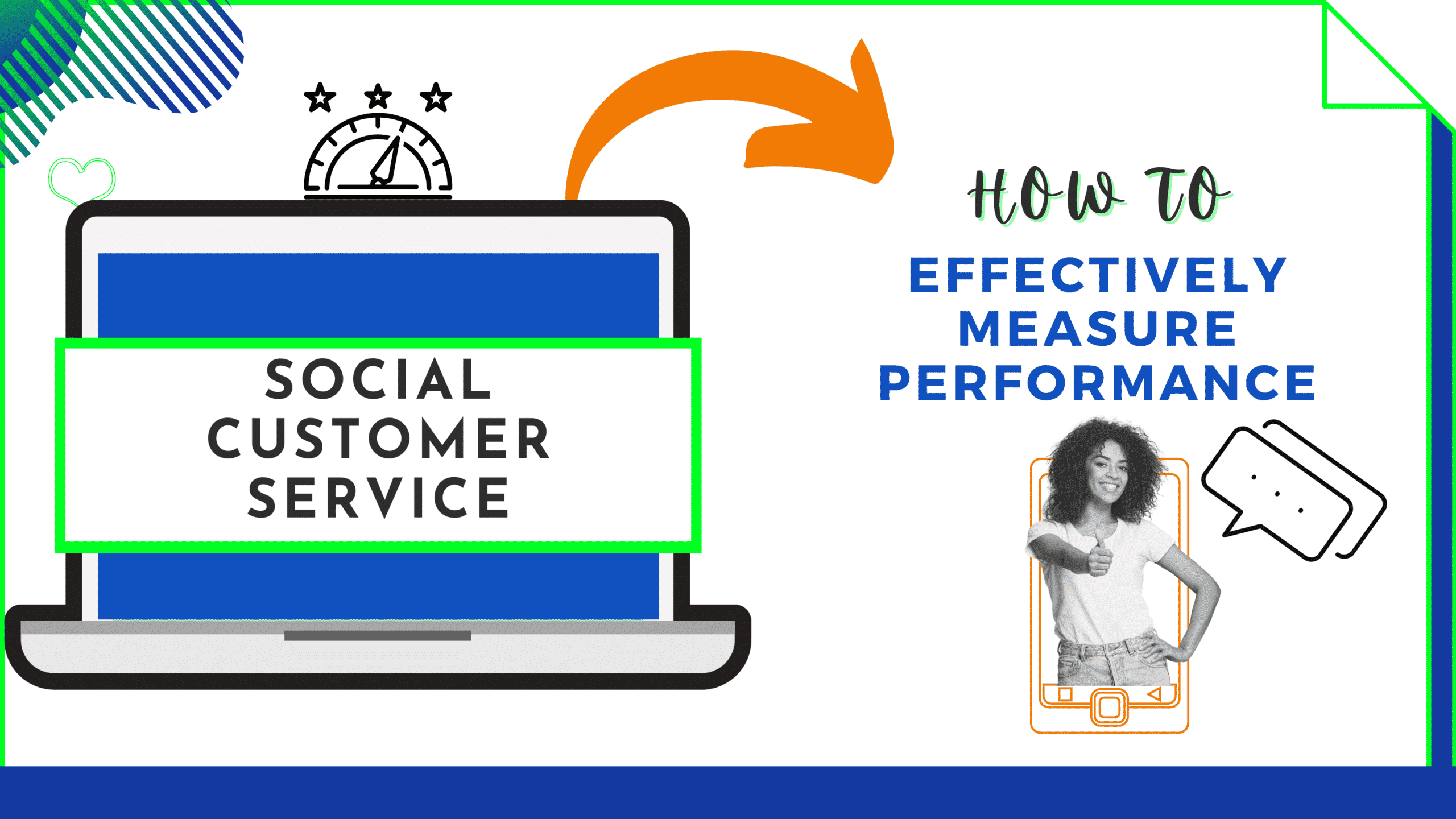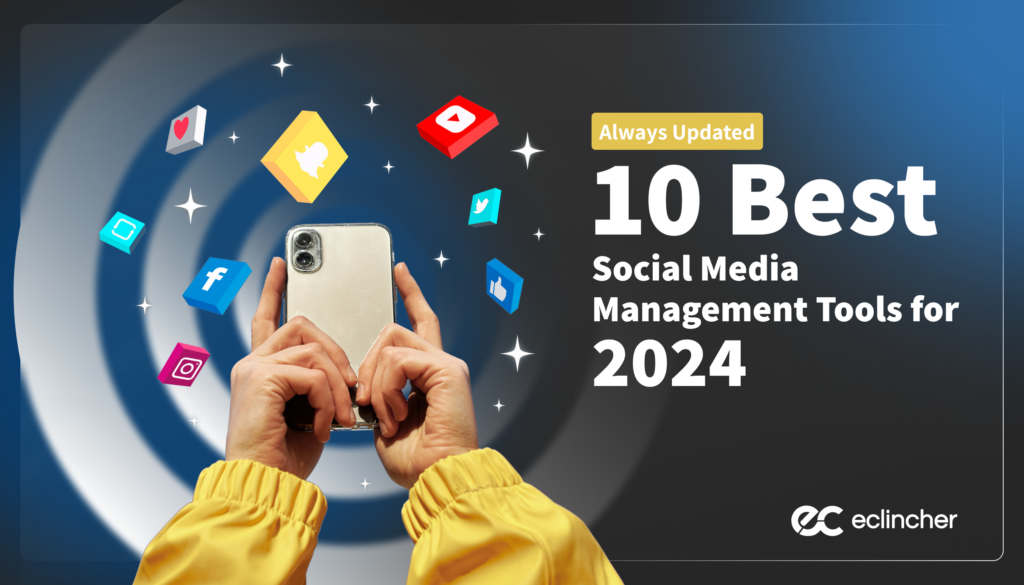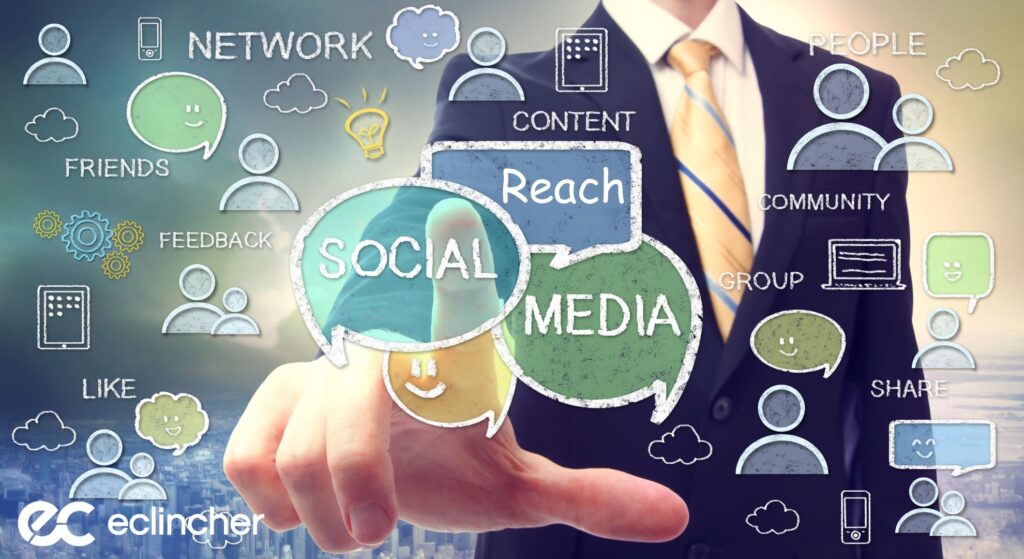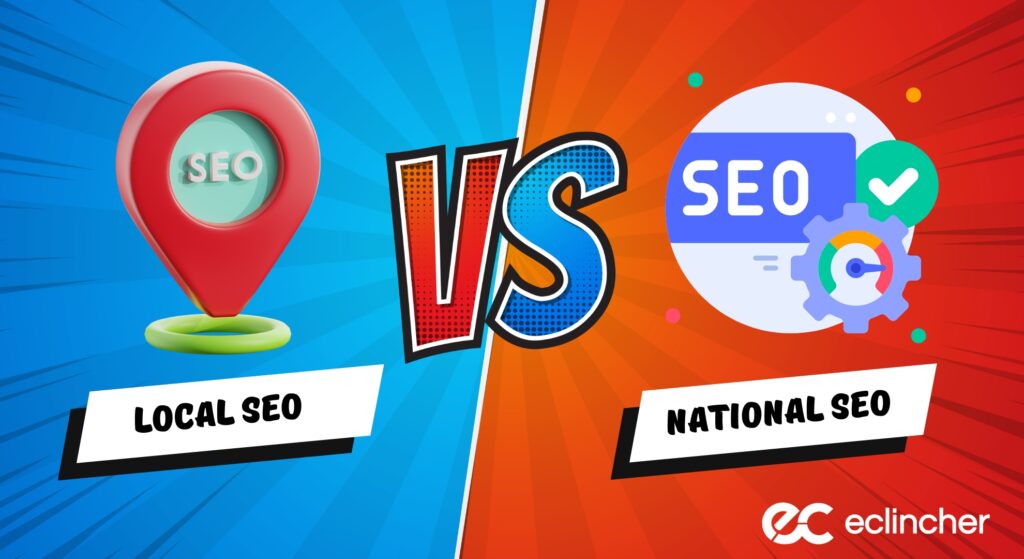With over 4 billion active users, social media is an attractive channel for business marketing. And quite successful since the majority of social media users reach out to brands on their favorite platform.
The same stats show that around half of users on social media are looking to resolve customer service-related issues. In fact, social media can be a great way to improve your traditional customer support. That’s why many businesses try their best to provide quick and efficient social customer service, which is, quite simply, customer service conducted via social media.
We all know that social media has revolutionized the way we consume information. Nowadays, consumers expect a certain level of responsiveness and professionalism from brands on their favorite networks such as Facebook or Twitter. Social customer service is not just about keeping customers happy but also about measuring performance in order to improve future interactions with your audience.
Jenn Guidry, Sr. dir of Marketing, eclincher.com
One thing that many companies are struggling with is how to measure performance in this new environment. This blog post will review some common metrics used for measuring social customer service, as well as offer advice on what you should be measuring based on your goals.
Why social customer service matters
The quality of customer interaction with your business determines your brand’s success. Today, customers expect a wide range of communication channels to choose from and get in touch with their favorite brands. You can’t set up an automated phone system and call it a day. Instead, you are expected to be around your audience, talk to them, engage, educate and entertain.
To estimate the performance and ROI of your social customer service, you should choose metrics that will allow comparing it with your traditional customer care channels. Otherwise, you may find it difficult to prepare your team for peak times and correctly allocate resources for employee education.
8 metrics for social customer service success
There are plenty of metrics to estimate performance, customer happiness, and payback. They are also called KPIs or key performance indicators. Each manager chooses several according to their business goals.
In this article, we’ll cover the basic metrics that will let you know if your customer support team’s effort and the volume of tickets are commensurate, determine gaps in support agents’ knowledge and evaluate customer satisfaction after interacting with your support service.
1. First response time
On Twitter, over 50% of customers want a response within one hour after reaching out to support or the social customer service team. Nearly 35% of them say they would recommend a brand if they received a quick though ineffective response. This means customers tend to value a quick answer more than a chance to wait and get their issue resolved without multiple iterations.
To know how long your customer care service takes to reply, you must calculate their first response time (FRT). It takes two pieces of data: the total time needed to respond to customer queries on social media divided by the total number of responses in that period. Note that automated responses do not count.
According to Zendesk research, for “good” social customer service, your FRT should be less than 2 hours. However, there are several remarks. First, unless you provide 24/7 support, make sure you measure the FRT during business hours. If you clearly communicate your off hours on your social media profile and website, you shouldn’t be penalized for not responding.
Next, if you’re aiming towards first-touch social customer service, take into account the complexity of the issue. In this case, your focus should switch to how your FRT changes with time. If it grows, that might be a sign that your support agents need more training or that you should streamline the entire process.
Lastly, if you offer a premium social customer service feature and prioritise tickets from clients who bought or earned it, this may affect your median FRT. Thus, you may miss out on how things are for “ordinary” customers.
2. Average response time
This metric evaluates how much time your support agents need to answer customers’ requests on average. Some sources also call it Average Speed to Answer (ASA). ASA sheds light on customer satisfaction level, while FRT evaluates your social customer service team’s commitment and efficiency.
To calculate your average response time, add up waiting time for all customer queries in a chosen period and divide that by the total number of answered tickets in the same period.
According to HDI, the average speed of answer for helpdesks worldwide is 98 seconds. If your result differs drastically, survey your top performing agents and use their techniques to teach other team members. Another way to improve ASA is to come up with templates for common situations.
3. Average handling time
Also called Mean Time to Resolve (MTR) and Time to Resolution (TTR). This metric considers the time elapsed since the query came in to the moment it was resolved. To calculate it, take all the times to resolution and divide by the number of resolved issues. The shorter the resulting TTR, the better, since it means your agents can handle more customer issues.
The main reason why your average handling time rate may be creeping up is the lack of training of support agents. If your agents can’t find the information they need to provide effective answers, they become frustrated and that impacts customer satisfaction.
Ensure that your helpdesk team has access to all the information regarding your products or services and the processes behind their manufacturing and delivery. It is proven that knowledge management enhances social customer service skills of support reps and helps with daily workflow.
Encourage employees to talk about issues they are facing and share ideas on how to solve them. A sharing culture helps build a strong social media team and empowers employees to do their best work.
4. Inbound volume
This is the amount of support-related mentions that a company receives in a chosen time interval. This simple measurement should be looked at along with other metrics as it helps to track social customer service capabilities. Thus, if you see your inbound volume rising while FTR and ASA are also high, you may conclude that you’re getting too many support-related queries from customers.
One way out is to hire more support reps which entails additional costs on hiring and training. Another way is to decrease the inbound volume. Among the reasons why your inbound volume is out of control is poor website optimization, so people write to get answers that they could look up on their own.
Internal issues such as delays in order processing also contribute to spikes of message volume. Next, you may not offer enough variety in terms of support channels, so there is no way to streamline support tickets and decongest your social support team.
However, if you struggle to find what you should improve first, maybe you’re just popular. Sometimes a brilliant marketing campaign, market changes or other reasons may cause sudden spikes of interest to your company. In this case, it’s important to be transparent and clearly communicate to your customers that you’re getting more queries that you can timely address and that you’re working to fix it.
5. Call deflection
As seen from the inbound volume metrics, sometimes the best indicator that your customer service works properly is the number of queries that you did not get. Let’s put it this way: the fewer tickets a company receives, the less are costs for customer support.
At the end of the day, one call-center interaction costs $6 at a minimum. For social media, the number is less — no more than $1 per interaction. Still, it’s money.
To estimate your call deflection, track the number of incoming support-related messages/mentions you get on social media in a chosen time interval and compare this number with the number of tickets that come in via phone or email. As a result, you should understand how popular your social media channels are in terms of support versus your other customer resources.
Next, you may want to measure your call marketing performance and see how to improve client support ROI. To set an industry standard, Joakim Nillson considers a 5% call deflection rate a good one.
6. Conversation abandonment rate
As the name suggests, the conversation abandonment rate is the number of conversations that were abandoned by customers. To calculate it, divide the total number of completed conversations by the number of initiated chats and multiply by 100.
Combined with inbound volume, FRT, and ASA, this metric allows you to estimate if there are enough agents to handle a particular social media channel. Also, it may be a source of valuable insights into the quality of your followers, say, if you use social media promotion tools and customers’ behavior patterns.
7. Sentiment
Sentiment analysis is the next level after you’ve adopted the basic practices for social media customer support. Sentiment analysis tools were made to gauge a customer’s mood in cases when it’s not obvious from the message.
Support teams use them to quickly scan through the incoming tickets and determine the most annoyed customers. Next, those issues can be transferred to the most skilled reps for urgent handling.
Since social media has replaced many traditional market research methods like focus groups and physical surveys, sentiment-measuring tools have become an important part of social listening.
Together with counting the number of mentions you get on social media, sentiment numbers will show you the feelings people have about your brand. In other words, it gives you an understanding of your audience and the ability to timely react to changes in customer preferences.
Another immediate benefit of sentiment tracking is the chance to align your support team with marketing. As customer care agents monitor audience attitude, they find a lot of user-generated content that your marketing team can use for the brands’ advantage.
Given the undeniable importance of content in social media marketing, using the correct USG can raise your sentiment levels and improve your position on the positive/negative spectrum. This results in better engagement quality and improved conversions later.
8. Net promoter score
Net Promoter Score (NPS) shows your customer’ loyalty. Or how ready your clients are to recommend your company to others. To calculate it, you need to use data from your satisfaction surveys.
The simplest form of such a survey is a pop-up with an invitation to rate a company’s services on a 1-10 scale. Those customers that chose 9-10 can be classified as promoters, while 7-8 scores give you passives and 0-6 mean detractors.
Compare your values with the industry average. Just like with any other metric, Net Promoter Score should be looked at in context. Most often, a low NPS means product/service issues which in turn requires a thorough check of the manufacturing-delivery-sales-support chain. Also, don’t forget to regularly revise your lead generation techniques and nurture your relationship with your brand promoters by rewarding them.
Source: Statista, 2018
Do you use all the power of social media to provide support?
Having loyal customers is the only way for a business to survive in a current marketplace. Hence, to provide great support where your customers expect it, you need the right resources and careful planning. There’s just too much at stake.
What many businesses struggle with in terms of effective social support is the lack of time. Social media management requires constant attention, so outsourcing it to experts can be an option. Agencies find it easier to gain access to a wide range of tools and materials that simplify KPIs tracking.
Considering the additional cost of in-house employee training, hiring someone to track your social customer service performance and send you reports may be a very cost-effective solution.
If you’re not ready to delegate a part of your business to someone just yet, the mix of Google Alerts, Tweetdeck and eclincher’s Reputation Management and Social Inbox features are a good way to get started on monitoring and analyzing your online reputation and streamline every interaction funneling in from any social profile.
eclincher is the only social media management tool you’ll ever need. eclincher’s support team has constantly been awarded Best Support on review sites like G2, Capterra, and Crozdesk, is one of the only 24/7 teams, leveraging heaps of value with the agility of the team to bring new features to market and lack of red tape versus their competitors.
Don’t believe me?
Check out what eclincher’s clients say about their social customer service response. There are 3 plans to choose from, a free 14-day trial, and private demo provided.
Be smart! Choose wisely.






